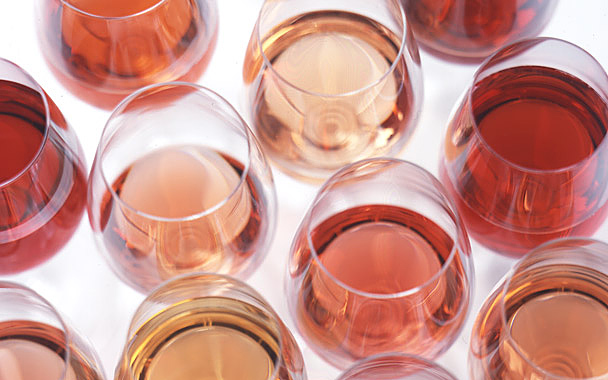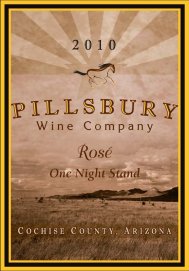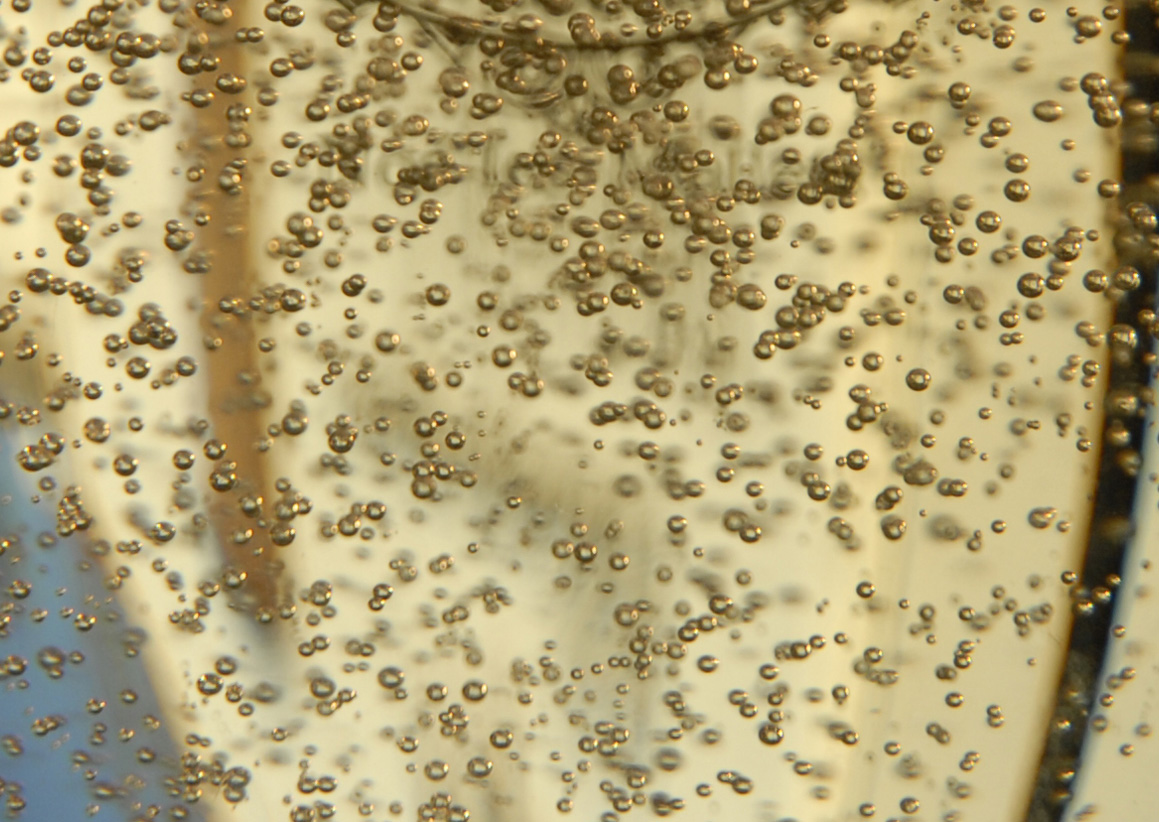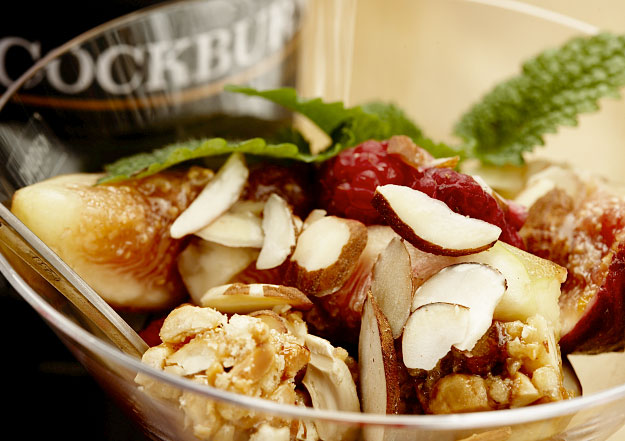A Rosé by Any Other Name

It’s the time of year in Arizona where the temperatures are just plain hot. Tastes in the beverage world switch from the hearty and robust to the light and refreshing. A class of wine that has risen in popularity the last couple years, and matches perfectly with summer tastes, is rosé. Most people sadly see a pinkish colored wine and instantly think White Zinfandel. While this does fit into the class, it’s hardly representative of great rosé wines.
This month, I’ll introduce you to the world of rosés, recommend a few regions to look for, as well as suggest a couple local ones for your summertime enjoyment.
There are essentially two styles in the rosé world. The first are the somewhat sweet wines, such as White Zinfandel, which are often referred to as blush wines, and are primarily marketed to the inexpensive segment of the American wine consumer.
The second is classic European style rosé, which is dry, has a crisp acidity, and pairs very well with many summertime foods. While these wines don’t target the low cost end of the market, they hardly break the bank either. Most typically price between what is considered the “fighting varietal” to “sub-premium” range, around $7-$15 a bottle.
Rosé production starts the same way as red wine in the winery. The classic technique is to crush the grapes and begin a regiment of contacting between the juice and grape skins during fermentation, the same way as red wines are produced. Most red wine grapes will quickly leach their red pigments into the juice, so the skin contacting is limited to a short period of time, after which the grapes are sent to press and then the juice continues its fermentation as a white wine would. There are certain red grape varieties though that poorly color the juice and the skins can be left in contact with the juice for longer periods of time to increase the tannin structure and complexity of flavors in the wine.
A second method of rosé production often practiced is called the saignée technique. This is where grapes harvested to produce a red wine are given a certain period of contact time between the juice and skins, after which a portion of the juice is drawn off and processed as a rosé, while the remaining juice in the red wine fermentation now has a larger portion of skins to increase tannin, color, and flavor extraction in the resulting wine being produced. The word saignée translates from French as “to bleed.” Hence the name as the rosé juice is bled away from the red wine fermentation.
The final and somewhat controversial method of rosé production begins with two separate wines. The main volume used for the rosé is a white wine. A finished red wine that has aged enough to stabilize its color is then blended into the white wine until the desired rosé color and flavor is achieved. Most traditional rosé producers consider this method a form of cheating, as they believe it to be just one step away from simply adding red pigment to the wine. This practice is not commonly used in Europe, but there are a few wineries that use the method in other wine producing regions. Controversial or not, it’s important to remember that the flavor of the end product is what is most important to the consumer, and this method can produce a quality wine.
 Traditional rosé wines of note come primarily from regions in southern France and Spain. The regions of Tavel in the southern Rhône, Anjou in the Loire, Provence, and the Garnacha based wines from Rioja in particular are well regarded in the rosé world. Many American producers have joined in the movement of late as well.
Traditional rosé wines of note come primarily from regions in southern France and Spain. The regions of Tavel in the southern Rhône, Anjou in the Loire, Provence, and the Garnacha based wines from Rioja in particular are well regarded in the rosé world. Many American producers have joined in the movement of late as well.
Two wines I want to mention in particular, as they happen to be Arizona locals, are the Page Springs Cellars’ Saigne ($15), and the Pillsbury Wine Company’s ‘One Night Stand’ Rosé ($20), both of which are excellent selections. Great rosé explodes with bright fruit flavors such as strawberry, raspberry, and cherry. It pairs with many salads, sandwiches, grilled seafood, vegetables, and spicy Asian cuisines. My personal favorite way to enjoy great rosé is to sip a cold glass with plates of grilled seafood tapas.
So as the temperature rises, go out and enjoy one of the great summer wines. As always, remember to do so responsibly.



